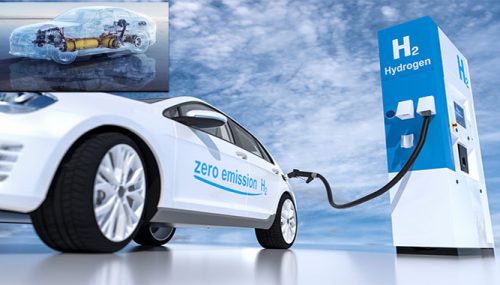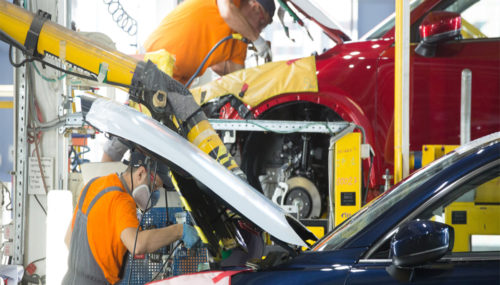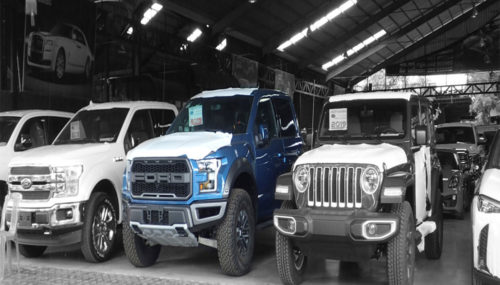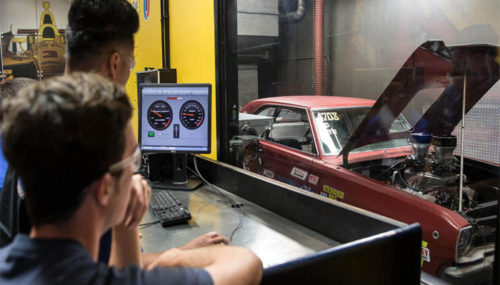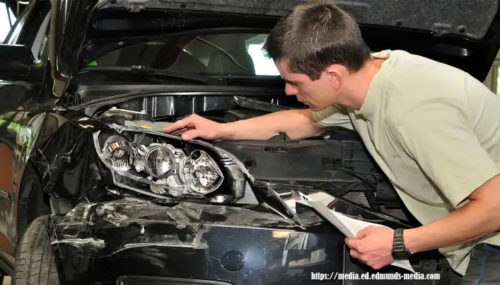The U.S. automotive industry is facing unprecedented supply chain disruptions that are impacting production schedules, pricing, and dealer incentives. The COVID-19 pandemic, semiconductor shortages, and weather events have exacerbated pre-existing supply chain vulnerabilities and challenges. In this article, we examine how supply chain disruptions are affecting the U.S. automotive industry and the steps being taken to mitigate the impacts.
COVID-19 Pandemic Impact
The COVID-19 pandemic has had a significant impact on the U.S. automotive industry, leading to temporary plant shutdowns, labor shortages, and reduced consumer demand. The pandemic has highlighted the fragility of the automotive supply chain, particularly the reliance on overseas sourcing, and the need for greater resilience and flexibility.
Automotive companies have had to implement health and safety protocols at their facilities, slowing down production cycles as each step of the process requires extra precautions. With the pandemic triggering sudden changes in customer behavior, automakers have also had to cut back production of certain models or delay the launch of new models.
Semiconductor Shortages
The automotive industry is grappling with semiconductor shortages that have slowed production lines and resulted in vehicle shortages across the country. The pandemic has led to a surge in demand for electronic devices, leading chip manufacturers to prioritize demand for smartphones and other electronics over automotive components.
Semiconductor shortages have had a ripple effect across the industry, leading to higher prices for manufacturers and dealerships. Automakers have had to prioritize certain models that drive higher profit margins, with some companies even building cars without certain electronic features to reduce the strain on chip supplies.
Extreme Weather Events
In addition to pandemic-related issues and semiconductor shortages, extreme weather events such as the recent cold snap in Texas have caused further supply chain disruptions. The winter storm in Texas led to power outages and production shutdowns, affecting the production of plastic components used in vehicle interiors and other critical auto parts.
The disruptions in Texas highlight the interconnectedness of the automotive supply chain, with even a single supplier’s disruption leading to broader problems throughout the industry. In some cases, automakers have had to shift production to different locations or scramble to find alternative suppliers.
Steps Being Taken to Mitigate Impact
Automotive companies are taking several steps to mitigate the impact of supply chain disruptions. Some automakers have diversified their supply chains and reduced reliance on suppliers in a single geography, while others are increasing their inventory levels to buffer against future supply chain breakdowns.
Automakers are also collaborating with suppliers to enhance visibility in the supply chain and adapt to contingencies. Companies are exploring new and emerging technologies such as artificial intelligence and blockchain to provide greater transparency and resilience across the supply chain.
The U.S. automotive industry is facing significant supply chain disruptions that are impacting production and profitability across the sector. With the COVID-19 pandemic, semiconductor shortages, and extreme weather events all creating challenges, automotive companies are taking proactive measures to mitigate impacts and enhance supply chain resilience.
As the industry navigates these supply chain challenges, greater investments in technology and collaboration with suppliers are critical to respond to disruption appropriately and maintain the long-term viability of the sector. The resilience and adaptability of the automotive supply chain will be key to the industry’s future success amidst the current supply chain disruptions.
It remains critical for the U.S. automotive industry to prioritize greater supply chain resilience and adaptability to address the critical supply chain disruptions faced. By taking proactive measures and investing in new technologies, solutions can be implemented to address current and future disruptions.





